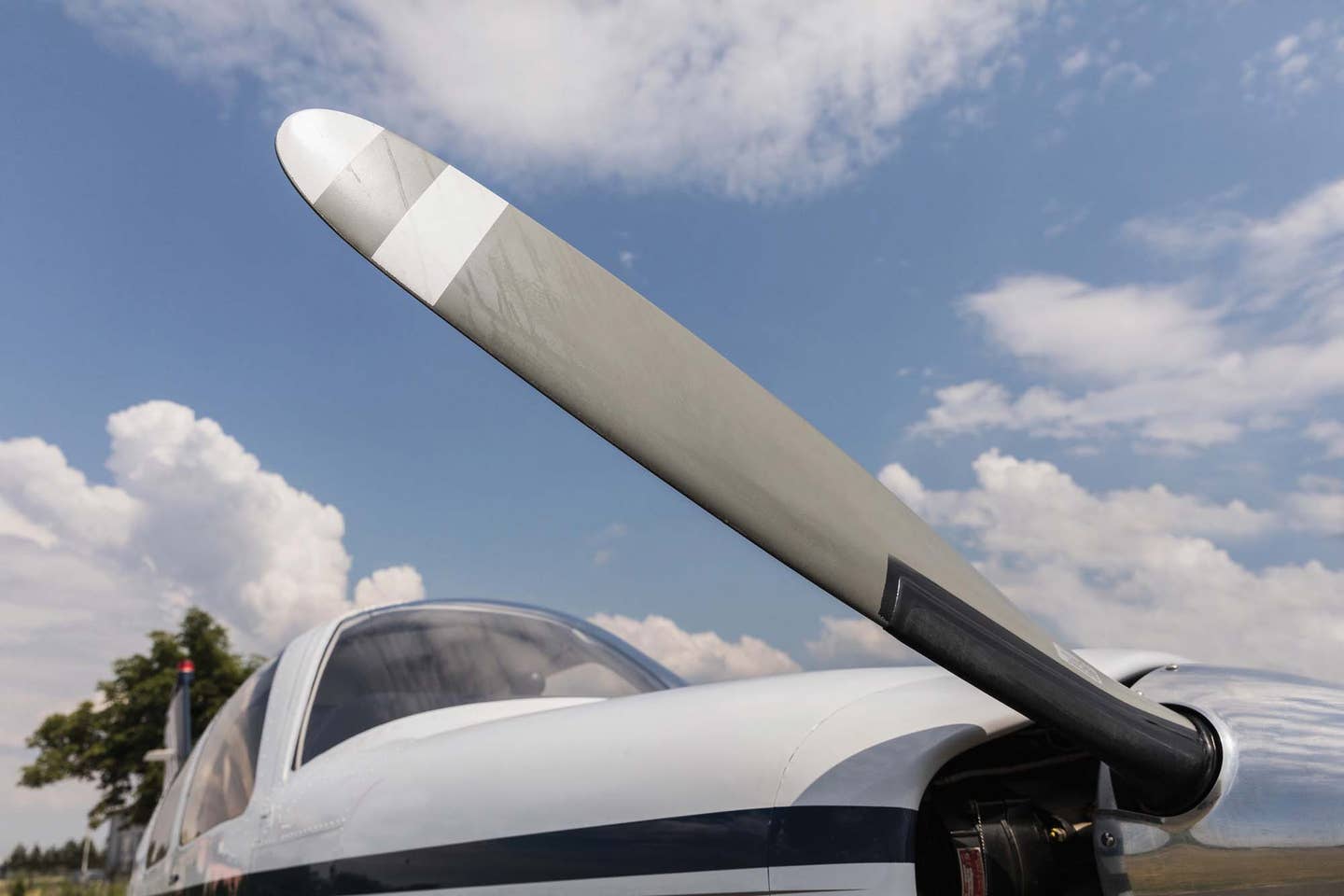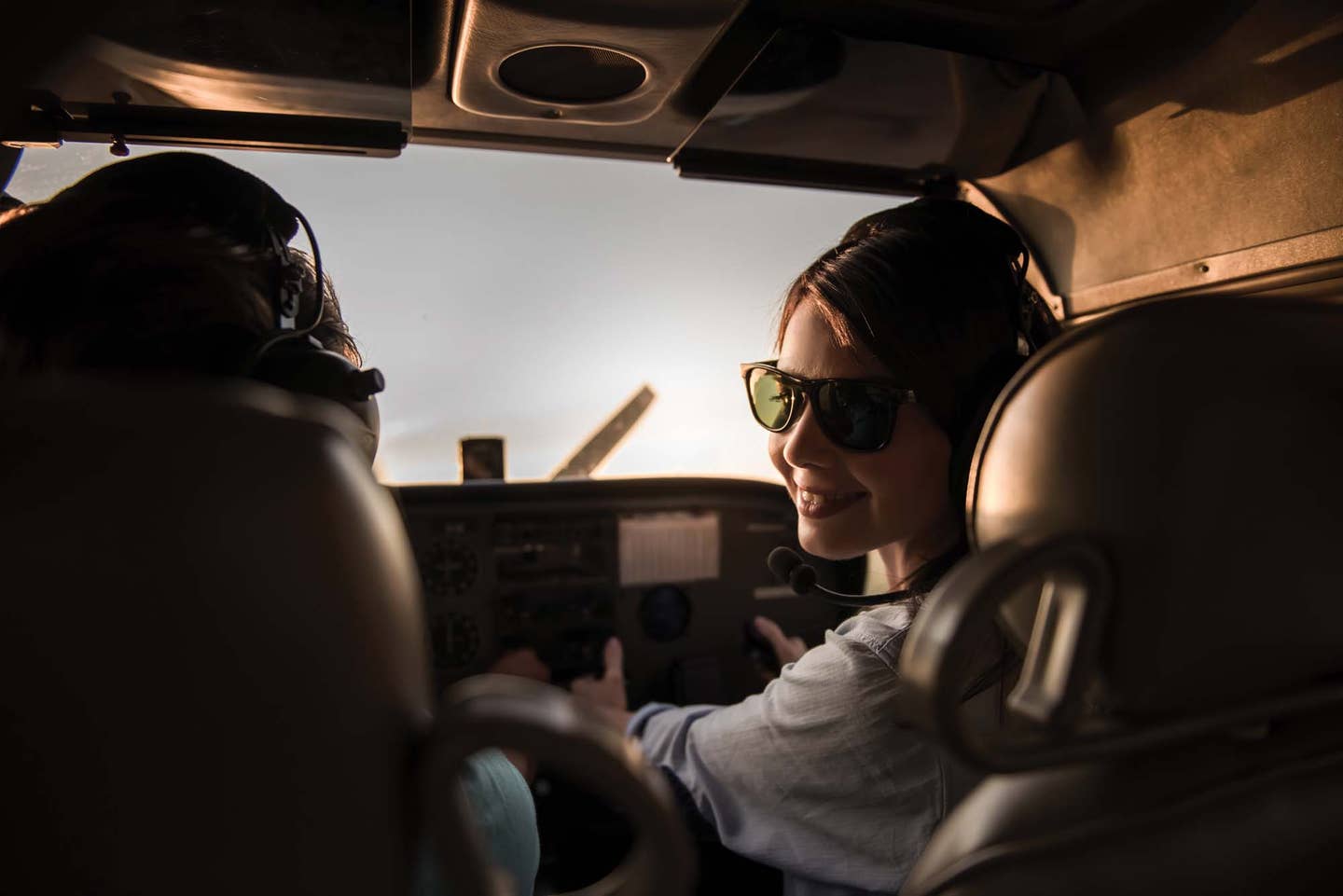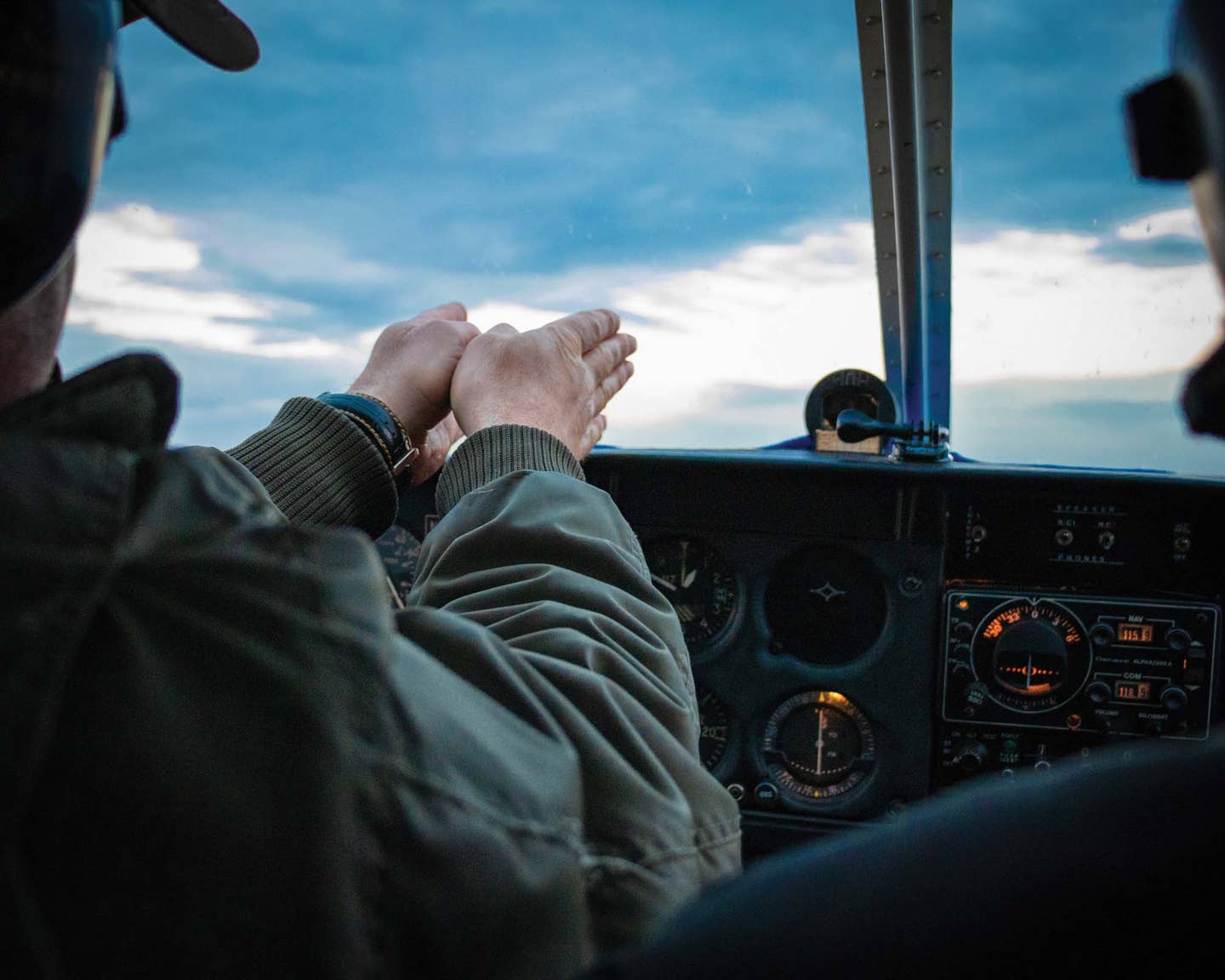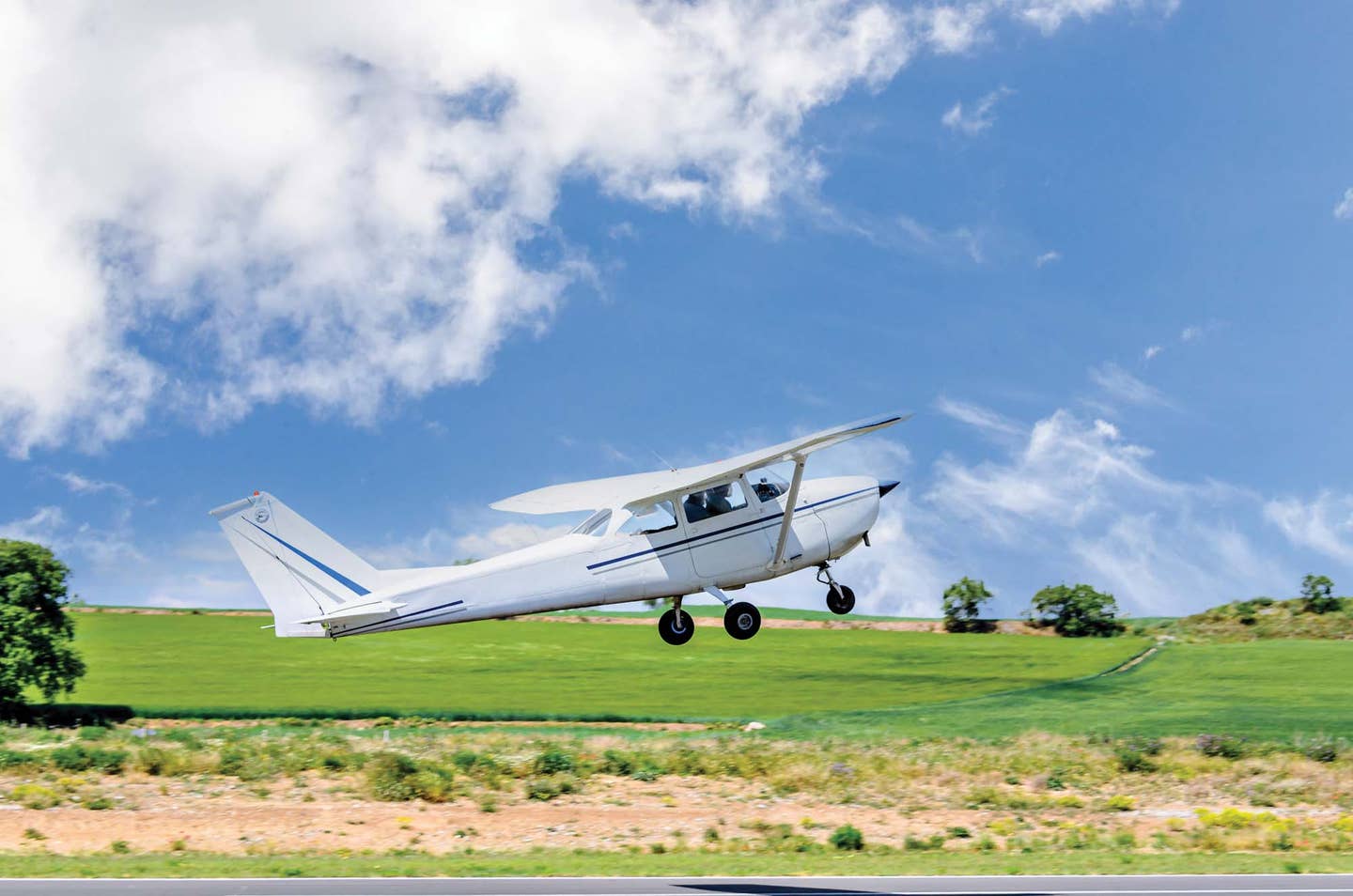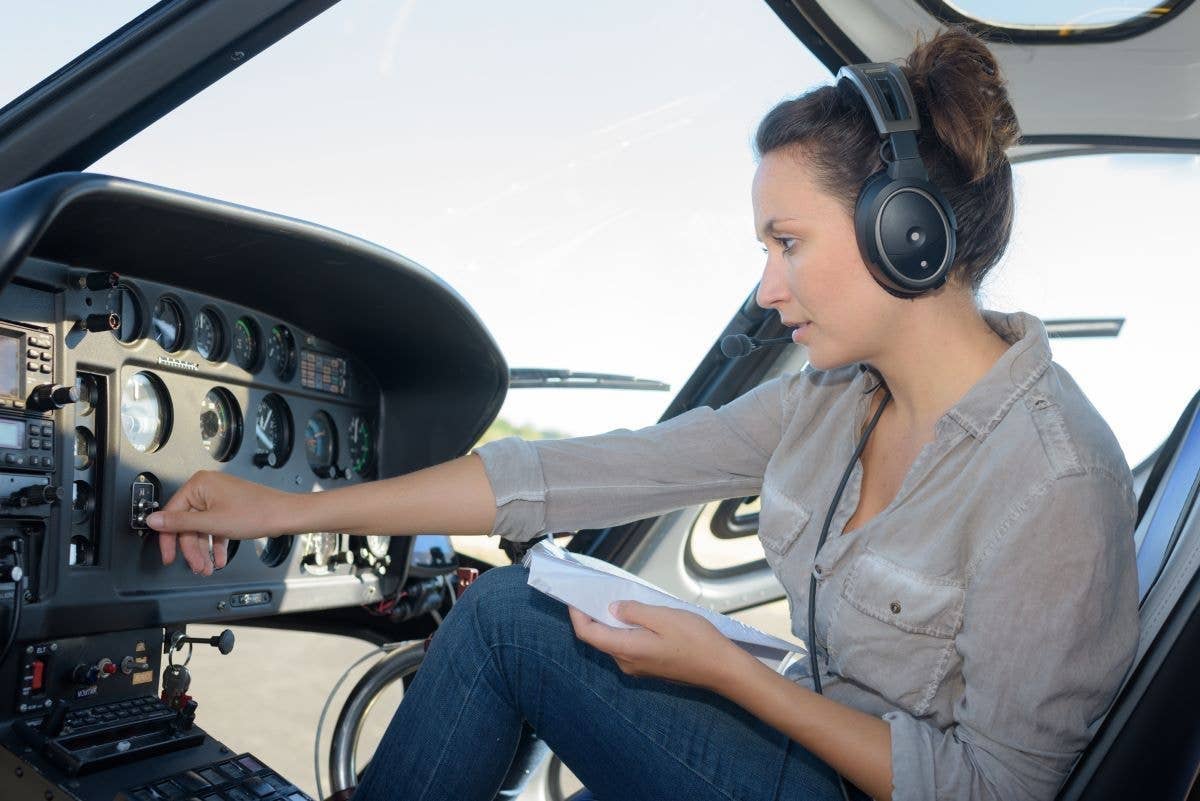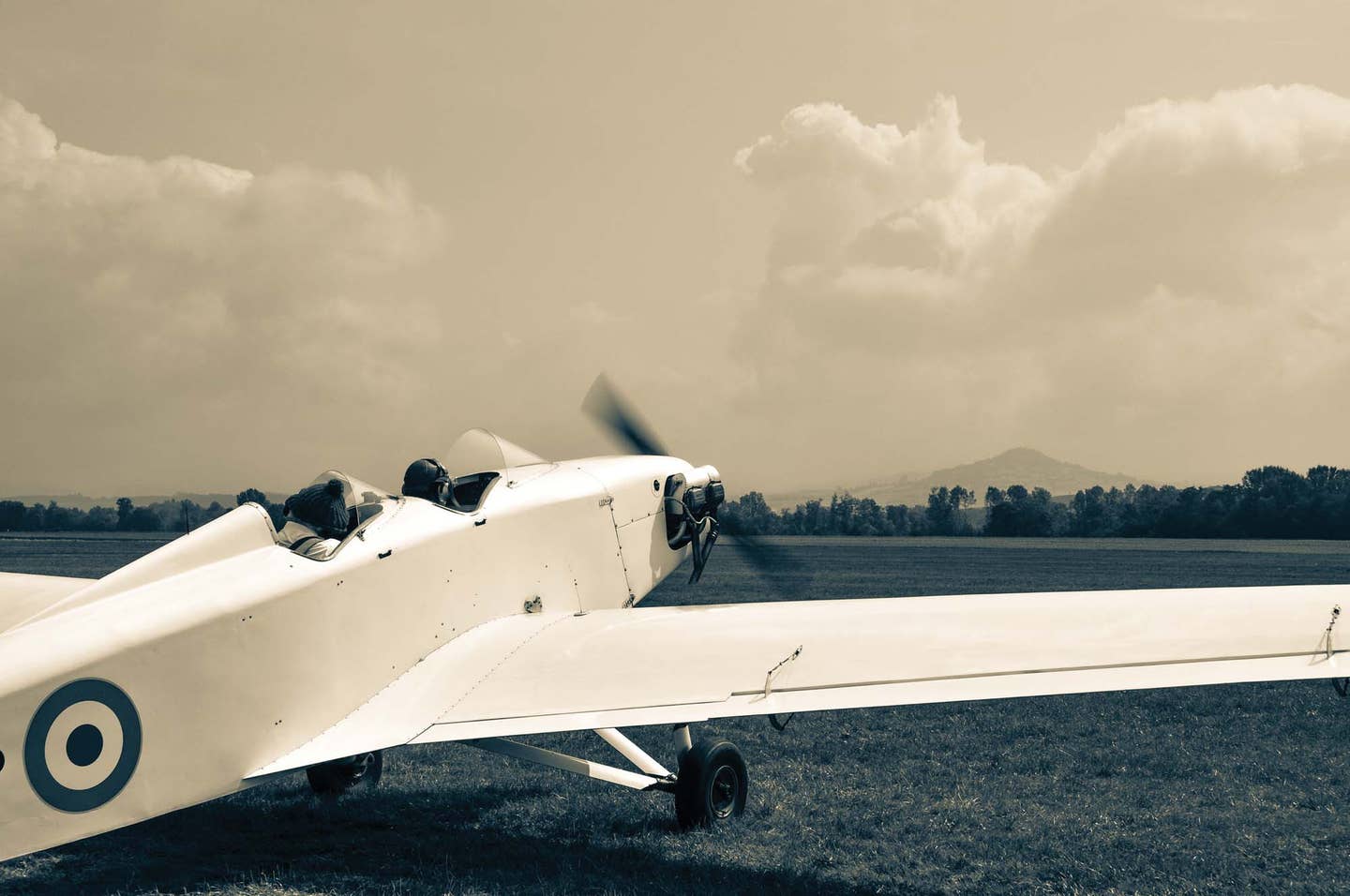Don’t Shut the Learning Doorway
You’ve got your fresh private pilot certificate—so now what?
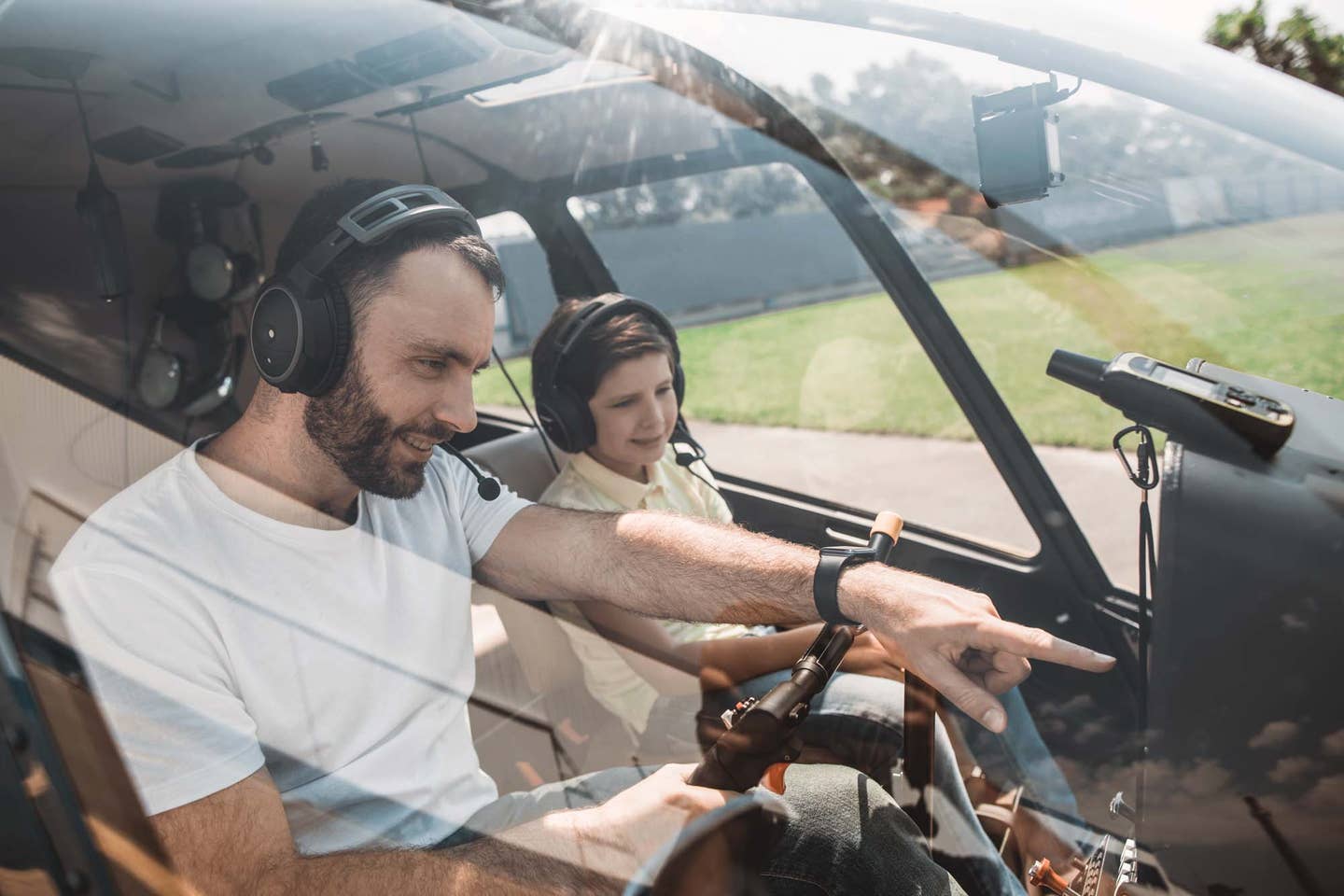
With your fresh pilot certificate, what fun steps can you take to continually grow as an aviator? When you got your certificate, the DPE probably told you that you hadn’t experienced everything you would need at some point in your flying career, but you now have a “license to learn.”
Hey, don’t be offended, a license to learn is even more applicable to new flight instructors. Experienced ones too. It’s just that experienced CFIs get less frequent learning surprises than new ones—hopefully. And they do a better job of hiding their surprise.
So a private certificate is a doorway to a lifetime of experiences, learning, adventures, and fun. The question for the new private pilot is simple: Is that a doorway to go through or one that you never open, limiting your flying career?
There’s lots of ways to enjoy your new ticket. One is with other pilots. Experimental Aircraft Association staffer Bob Mackey used to say food, fun, fellowship, and flying, and that mantra still carries lots of weight.
Another way is to polish the skills you already learned. Beyond that, likely with an instructor, you can learn fun, new skills in the same airplane. Ride with other pilots and learn from them. If you have access to both low- and high-wing airplanes, you can practice till you’re really good in both.
But just because you’ve got your certificate doesn’t mean that all the bases have been adequately covered. When I was working on my PPL, I learned crosswind landings proficiently, plenty good enough for the check ride, but we never had an ugly, gusty, strong crosswind landing day. When one of those days showed up a few months later, my CFI gave me a call and we went out to master those conditions. It helped that he was also the club chief pilot and watched over all of us.
Similarly, when I got my seaplane add-on, the DPE commented that he had to pass me, barely, but I really needed more instruction than the two lessons I’d had. Would I be willing to fly with him? You betcha, as opportunities for seaplane instruction were hard to come by. He was later inducted into the Flight Instructor Hall of Fame at Oshkosh, and I was lucky enough to be there when it happened.
If you learned in a four-seater, chances are most of your flying was with only two people on board, with a nice cushion below max gross weight and with a mid- or forward CG. Being careful not to get in over your head, how will you learn to fly the plane really well with a full load and an aft CG? The time to master those skills is at home base, likely with your CFI. The worst time to find out how the plane handles fully loaded is when it has a full complement of your loved ones, the air is gusty, the runway is short, you’re feeling only kind of OK, and stress factors are starting to get out of hand.
Choosing your next flying goals can be a worthy challenge, especially if you don’t have good resources to help you pick or know what’s locally available. When you were working on that PPL, your CFI provided curriculum guidance and safety margins in the air and in preflight decision-making, demonstrated maneuvers in flight, and gave feedback on your performance. Now that you’ve got your certificate, you do all those things, but you don’t have to do them entirely in isolation.
Your development goals should include knowledge, skills, and experience. Sound familiar? But don’t neglect the sensations part of experience, knowing what things look like and feel like. When you fly the plane, those sensations should be part of the control process, not just setting pitch and watching the needles settle down. Also, pilots overloaded with unfamiliar feelings will have basic skills degraded and won’t realize it.
An easy way of getting experience is to fly with others. Shortly before I got my CFI, my altitude hold was up to book standards but not pretty. Then I had occasion to fly with an airline pilot, giving him a ride home in his leaseback before I was to fly it back. He had the altitude nailed. I asked myself, how can he do that with so little effort when I basically can’t? Challenge accepted.
Maybe your enrichment will be with a different CFI. There are many styles of flying, not just right and wrong. Or fly with different pilots—even if they’re not CFIs—to see what things they do differently, their radio procedures, all kinds of things. You’re bound to learn something.
On the negative side, I’ve been exposed to flight schools where the instructors learned to fly there, taught by instructors who learned there, etc. One problem is that these ‘inbred’ instructors have limited backgrounds and skill sets, so they might not be able to help much with your flying style.
For example, I recently met a brand-new CFI who came from that kind of ingrown training environment. I was telling him how I had just made a whole series of beautiful, one-wheel, crosswind landings. He looked puzzled. The only way he knew how to land in a crosswind was to crab till the last second. He had never even heard of another way to land in a crosswind. I pity his students and wonder about the DPE who made him a CFI—and the school that hired him.
Every now and again, planes go off the side of the runway. Sometimes it’s a basic lack of skill, and sometimes it might be the case that when the pilot is not on the centerline, they don’t know what to do and so…
When I was a very young pilot and found myself off the centerline, my first instinct was to muscle the plane back to the very centerline, the only safe place for a 36-foot-wide Cessna 172 on a 150-foot-wide runway. Well, check that… What my CFI taught me was that on wide runways it was best to continue the takeoff or landing parallel to the centerline—with still abundant pavement on each side.
What would have helped me learn this concept would have been to have seen the slightly off-center takeoff/landing in practice, so I would not have been surprised later. What I teach in the Expanded Envelope Exercises® is that landing on the centerline should be—and is—a command decision, not something done out of habit or because that’s all you’ve ever seen.
Performing slightly off-center takeoffs and landings is best done with a CFI, as the sight picture and sensations can be distracting until you’ve seen them a few times. And only focus on aligning the center of the airplane. Trying to put one of the main gear on a runway stripe, for example, is so distracting that it could be dangerous.
The significant point to remember is that an airplane at speed on the ground is a mostly unmaneuverable ground vehicle. Your safe options are to go around on landing, accept the offset on takeoff or landing, or, on takeoff, not add full power until the airplane is aligned with the runway and centered the way that you command it.
Sometimes it seems that planes go off the side of the runway in a crosswind landing because the pilot did not use full aileron deflection to counter the crosswind. Why might that be? Quite possibly because the pilot had never used full aileron deflection in flight and either didn’t know how much was available or was afraid to use all of it.
There are exercises for that. With an instructor who’s seen this before (hopefully yours has), set up the plane at a speed comparable to what you’d fly the downwind leg, and, of course, plenty of altitude. Turn 90 degrees, either way, using some aileron and keeping the plane reasonably coordinated with the rudder. Work your way up to using full aileron deflection in the turn entries, being smooth but applying the aileron briskly.
Would you ever need this full aileron exercise in real life? Hopefully not. But if wake turbulence suddenly shows up, or traffic or a bird, or the aforementioned nasty crosswind gust, your ability to use all of the airplane’s controllability could make the difference between having a good war story or having to fill out an National Transportation Safety Board report. Or worse.
I discussed this exercise with one brand-new commercial pilot from a big name, multisite flight school. He thought that if you did this, the plane would spin. Ouch!
Bottom line is that there’s always more to learn, and hopefully much of it done in advance, not the hard way.
As for having all the answers, after 50 years of flying, not only do I not have all the answers, I still don’t have all the questions.
Images: Adobe Stock

Subscribe to Our Newsletter
Get the latest Plane & Pilot Magazine stories delivered directly to your inbox

